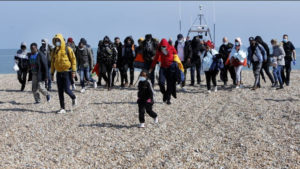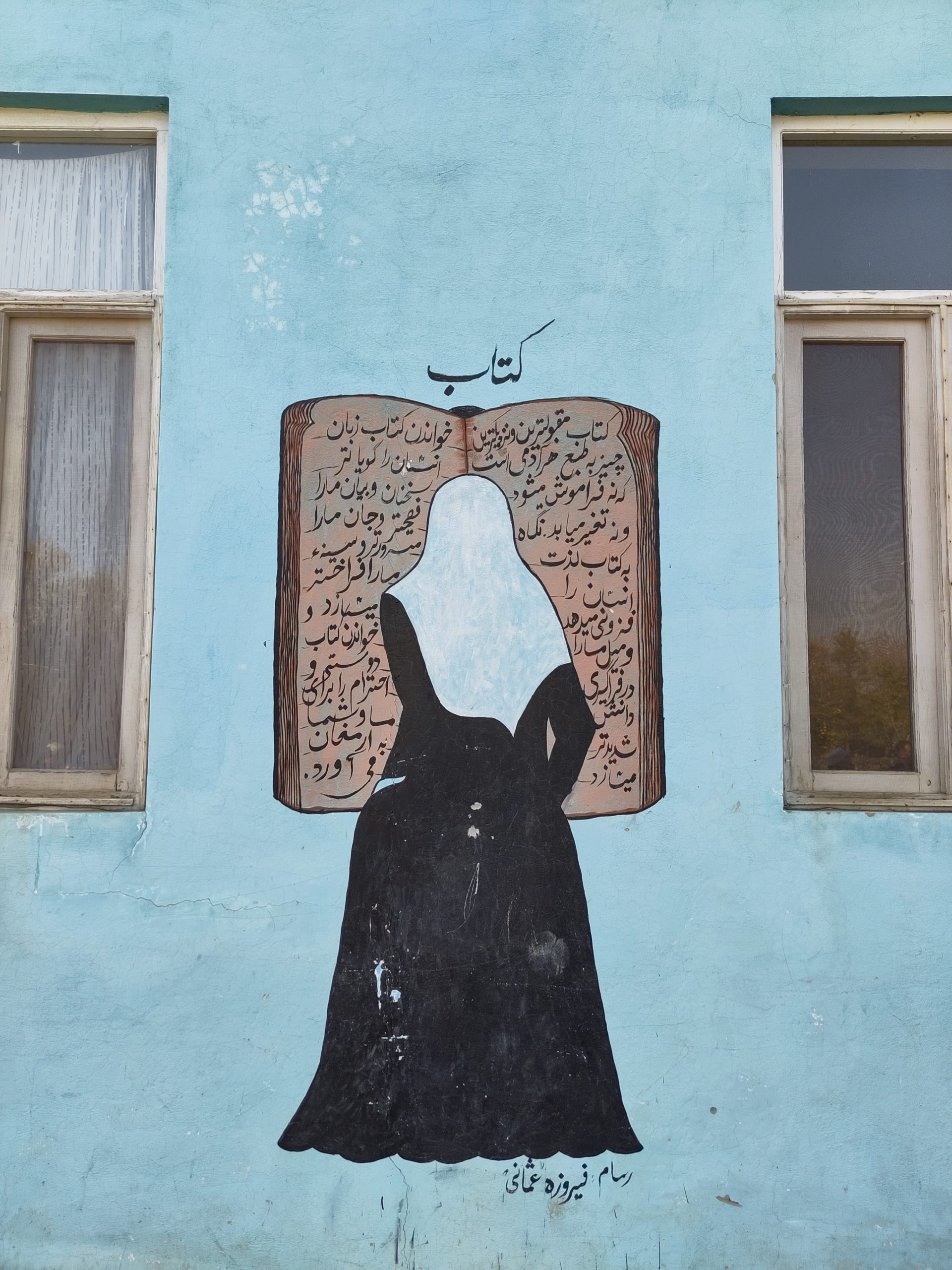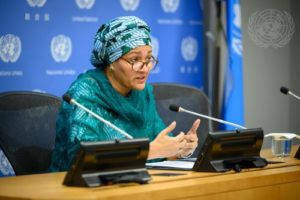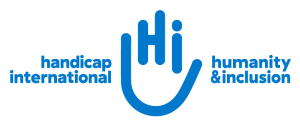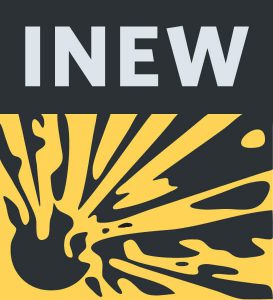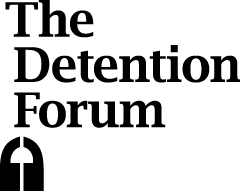Dear Members and Supporters of UAI,
This month’s Newsletter focuses on the conflict in the Tigray region of Ethiopia.
Introduction
On 28 November 2020, Ethiopian military forces took over Tigrayan positions in Mekelle, the capital of the Tigray region of Ethiopia. Since that date, the situation in the Tigray region has deteriorated rapidly. In addition, outbreaks of armed conflict in other regions have uprooted more people from their homes. As of 30 April, a network of informants operating in Northern Ethiopia, (in association with a research team based at the University of Ghent in Belgium) has estimated that the number of identified civilians killed in Tigray may have reached 1,900, arising from more than 150 separate incidents. So far, there are no reliable estimates of the number of those injured.
At the end of April 2021, OCHA reported that over 63,000 Tigrayan refugees had fled the country into Sudan, with the number of internally displaced, within Tigray, climbing to 1.7 million according to IOM figures. These forced displacements of the civilian population have been accompanied by devastating levels of destruction in towns and villages in the Tigray region which, in 2020, had an estimated population of 7.1 million, including 100,000 registered refugees from Eritrea.
Restricted access to the most seriously affected areas and the shut-down of internet services mean that it has been extremely difficult to collect accurate data.
In our first segment, below, on mass atrocity crimes allegedly committed in Tigray by Ethiopian and Eritrean government forces and various militia, we provide links to an article co-authored by Nic Cheeseman and Yohannes Woldemariam; an interactive layer map produced by the University of Ghent that charts the spread of the crisis in Tigray since November 2020, and a link to an article from the World Peace Foundation calling for the immediate restoration of internet services in Tigray. We have also included a link to a Fact Sheet documenting incidences of sexual violence that have occurred during the present conflict.
Our second segment offers in-depth looks at the historical background to the crisis: First, in an article in Vox by Jen Kirby, and secondly in a personal reflection by Angela Raven-Roberts, (first published on the UAI website in March 2021). We have also included a link to a recent bonus episode from the Apple Podcast Series, ‘The Horn’.
Our third segment, on Forced Displacement, includes: an article by a Tigrayan doctor on the plight of newly arrived Tigrayan refugees in Sudan; a UN report on the fate of the Eritrean refugee camps within Tigray after the start of the fighting, and a piece by UAI in the UK Committee member, Sara Palacios Arapiles, on family reunion for Eritrean refugees in Europe.
Finding a Solution
In spite of the horrendous consequences of this conflict for the civilian population, the world, distracted by the Covid-19 crisis and geo-political developments elsewhere, has paid little attention. This needs to change.
It is vital that reliable data is recorded on all types of mass atrocity crimes, including extra-judicial killings, sexual violence and deliberate denial of access to essential supplies, such as food, water and medical care, as well as abductions from refugee camps and forcible returns to Eritrea.
UAI proposes that concerned governments should consider, urgently, the adoption, in the UN General Assembly, of a resolution establishing a mechanism, modeled on the Independent International Investigative Mechanism (IIIM) for Syria, that can ensure the collection and recording of reliable data to be used in pursuit of justice and accountability in the region.
To this end, UAI endorses the call, made by the World Peace Foundation and others, for the immediate reestablishment of internet access within Tigray. 7 May 2021
1. Mass Atrocity Crimes
There is, perhaps, no better starting place for those unfamiliar with the region than a map. Invaluable work has been done by the University of Ghent to create an ‘Atlas of the Humanitarian Situation within Tigray. The interactive nature of the map means that it is possible to drill down and access details about the conflict superimposed on the region. The map is updated as new information is received. Click below to access the interactive layer map.
Despite the inevitable problems that arise in conflict zones with regard to reliable information, Nic Cheeseman & Yohannes Woldmariam have produced a comprehensive account of what is known to date. Their article includes links to other sources and was published by Eritrea Hub on 8 April 2021. Click below to read their report about ‘Ethiopia’s Perilous Propaganda War’.
https://eritreahub.org/ethiopias-perilous-propaganda-war
Although there are many aspects of the inhumanity of war, one of the darkest issues is that of the use of sexual violence. Below is a link to a Fact Sheet entitled ‘Sexual Violence in Ethiopia’s Tigray Region’, produced by Insecurity Insight, about known incidents in the Tigray region since November 2020.
The collection of reliable information and data is essential if those who are responsible for crimes against humanity are to be brought to account. Alex de Waal (an expert on the region) writes powerfully in his article for the World Peace Foundation, entitled ‘Switch Tigray’s Internet Back On’, about the barrier to communication currently in place.
https://sites.tufts.edu/reinventingpeace/2021/04/21/switch-tigrays-internet-back-on/
2. Background to the crisis
The current conflict in Tigray and neighbouring regions of Ethiopia has a long and complex history. In this segment, we offer links to a detailed overview of the background to the current situation by Jen Kirby, published as a Vox article on 24 April 2021. Her article, ‘Dying by Blood or by Hunger: The war in Ethiopia’s Tigray region explained’ includes links to other source materials.
https://www.vox.com/22370629/ethiopia-tigray-eritrea-amhara-war-ethnic-cleansing
Our second link, to ‘Blood and Water: Personal Reflections on Ethiopia’s Humanitarian Crisis’, is an essay by UAI member, and long time UNICEF staff member, Angela Raven-Roberts, first published on 8 February 2021. It gives an insightful account of the historical background.
Finally, we have returned to the Apple Podcast Series called The Horn for a Series 2 Bonus Edition (released on 25 March 2021) featuring Richard Atwood and Comfort Ero of International Crisis Group (ICG). The podcast, ‘Ethiopia’s Tigray Crisis and Horn of Africa Politics’, discusses the current conflict in the context of the politics of the region.
3. Forced Displacement
The latest conflict has exacerbated a history of forced displacement from a region that goes back decades. In this segment, we offer links to three articles.
The first is from a Tigrayan doctor who finds himself treating patients in a refugee camp in Sudan where he too is a refugee. It is from AP News, published in the Independent on 3 May 2021.
In November 2020, there were 100,000 Eritrean refugees living in camps in the Tigray region of Ethiopia. The second article, ‘Deep concern for thousands of Eritrean refugees ‘scattered’ in Ethiopia’s Tigray’, (released by UN News on 26 March 2021) focuses on what has happened to these refugees and their camps and the involvement of Eritrean forces alongside the Ethiopian military.
https://news.un.org/en/story/2021/03/1088372
Finally a link to a blog post, ‘Eritrean Family Reunification’, by UAI’s Sara Palacios Arapiles, first published on 5 May 2021, looks at the obstacles facing Eritrean refugees in Europe when trying to be reunited with their families.
World Refugee Day
In our June Newsletter, we will focus on the inhumanities encountered by refugees and those seeking asylum around the world. This will be in advance of World Refugee Day on 20 June.
UAI supporters wishing to bring to our attention materials that could be featured are invited to send them to no later than 1 June.
